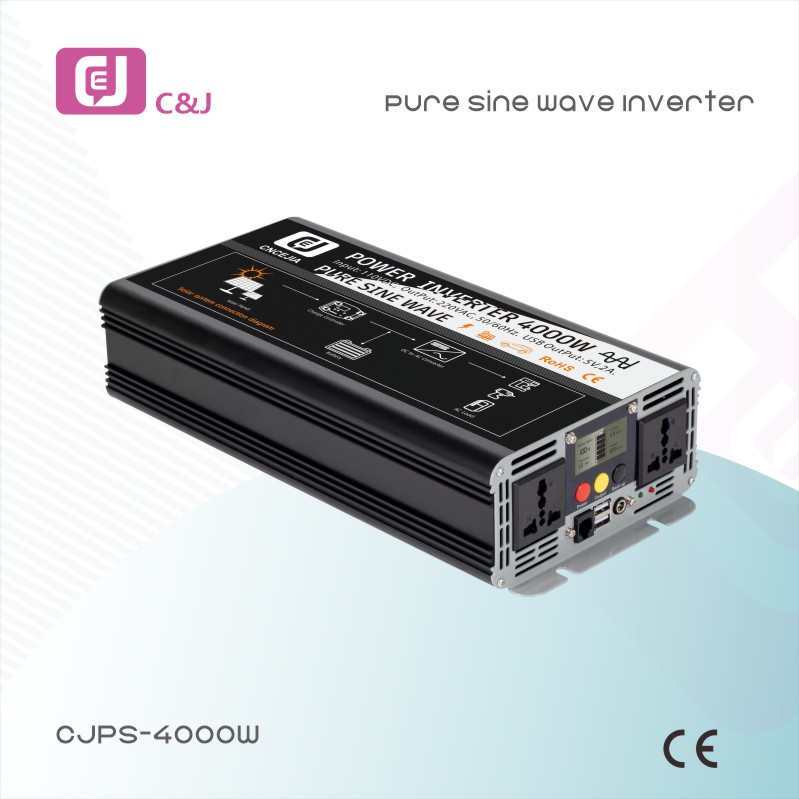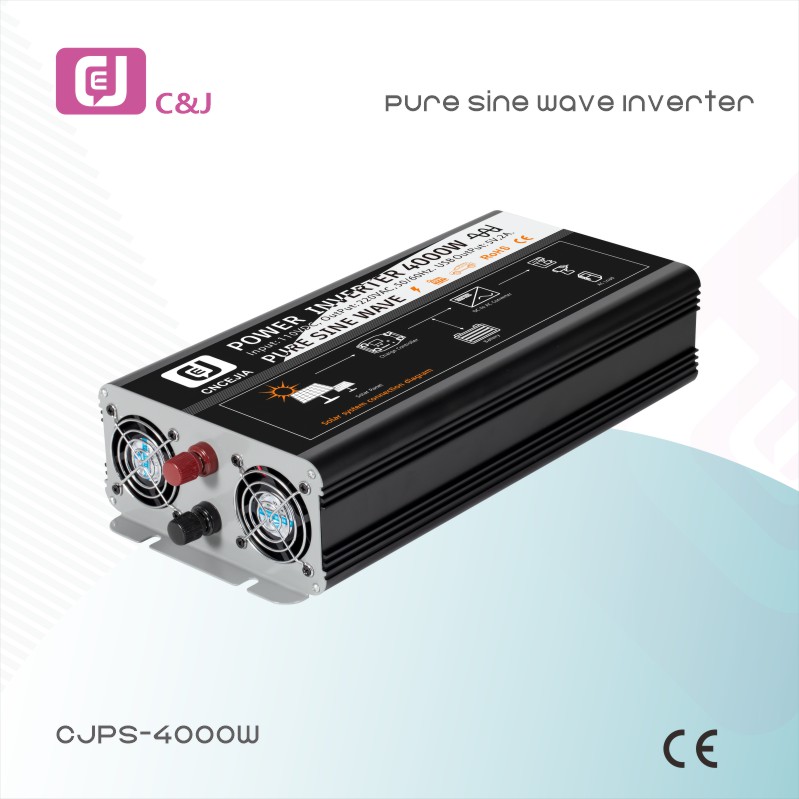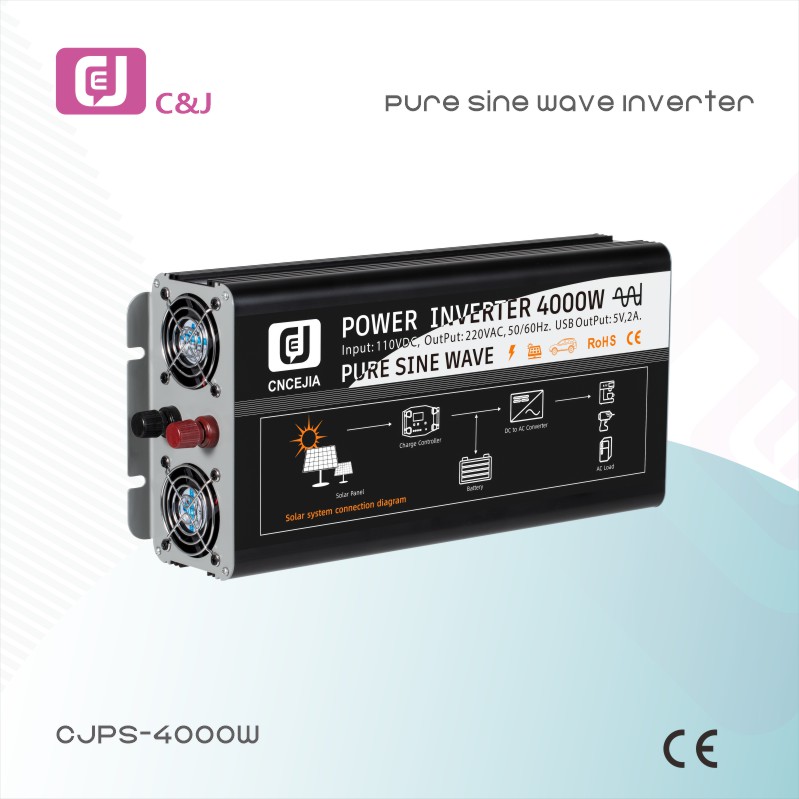Inverter DC to AC: Understanding the technology and its applications
In today’s world, where energy efficiency and sustainability are of paramount importance, DC-AC inverter technology has become a critical component in a wide variety of applications. This article will take a closer look at how DC-AC inverters work, their importance, and their wide range of applications.
What is an inverter DC to AC?
A DC-AC inverter is an electronic device that converts direct current (DC) to alternating current (AC). This conversion is critical because most home appliances and industrial equipment use AC power. An inverter receives a DC input (for example, from a battery, solar panel, or fuel cell) and converts it to an AC output, making it usable in everyday applications.
How does an inverter work?
The operation of a DC to AC inverter involves several key components and processes. At its core, the inverter uses a series of electronic switches (usually transistors) to produce a square wave or modified sine wave output. The process begins by inputting a DC voltage into the inverter, which then switches on and off rapidly to produce an AC waveform.
There are several types of inverters, including:
1. Square Wave Inverters: These inverters produce a simple square wave output, are inefficient, and can damage sensitive electronics.
2. Modified Sine Wave Inverters: They produce a waveform that approximates a sine wave, making them compatible with a wider range of devices.
3. Pure sine wave inverters: These inverters output a very smooth sine wave, very close to the power provided by the power company. They are ideal for sensitive electronic equipment and high-efficiency appliances.
Inverter DC to AC Applications
The versatility of inverter DC-to-AC technology enables it to be used in a variety of applications, including:
1. Solar Power Systems: One of the most important applications of DC to AC inverters is in solar power systems. The DC power generated by solar panels must be converted to AC power before it can be used by homes and businesses. Inverters play a vital role in maximizing energy efficiency and ensuring that solar power is integrated into the grid.
2. Uninterruptible Power Supply (UPS): The inverter is an important part of the UPS system, providing backup power during power outages. The inverter converts direct current (DC) stored in the battery into alternating current (AC), ensuring that critical equipment continues to operate.
3. Electric Vehicles (EV): Inverters are crucial in electric vehicles, converting the direct current from the car battery into alternating current to drive the electric motor. This conversion is essential for the efficient operation of electric vehicles.
4. Household appliances: Many modern appliances, such as refrigerators, air conditioners, and washing machines, require AC power. Inverters can power these devices using battery systems or renewable energy sources.
5. Industrial Applications: Frequency converters are widely used in the industrial sector for motor control and automation. They can provide variable speed control for AC motors, thereby improving the efficiency and performance of the manufacturing process.
In short
Inverter DC-to-AC technology is the cornerstone of modern energy systems, enabling efficient use of renewable energy and providing backup power solutions. As the world continues to advance sustainable energy practices, inverters will become increasingly important. Understanding how these devices work and their applications can help consumers and businesses make smart decisions about energy use and management. Whether in solar power systems, electric vehicles, or industrial applications, inverter DC-to-AC technology is paving the way for a more energy-efficient future.
Post time: May-28-2025





